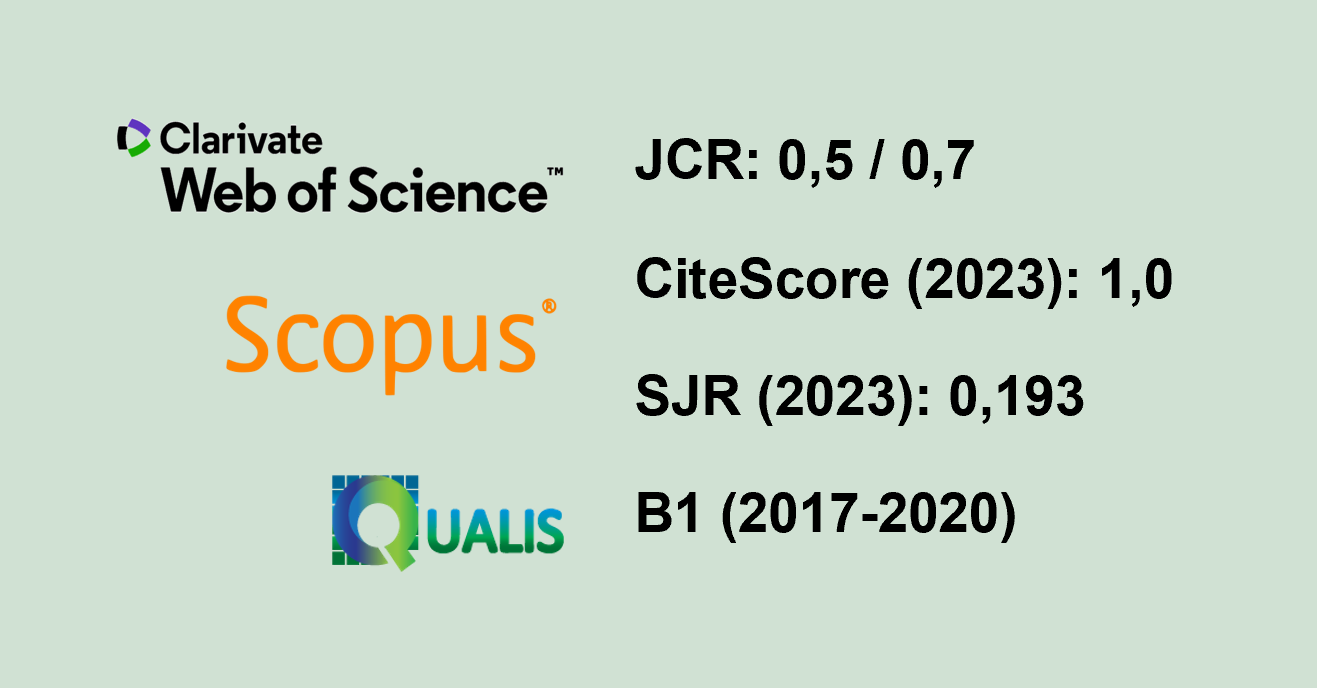EVALUATION OF MANGROVE AND ITS ROLE IN THE ECONOMY AND STRATEGY TO CLIMATE CHANGE: CASE STUDY OF CUIARANA, PARÁ, IN THE BRAZILIAN AMAZON
Keywords:
Services, Economic Values, CarbonAbstract
This research aimed to estimate the seasonal economic value of ecosystem goods and services from research on the use of mangroves in the Cuiarana community in the Eastern Amazon. The methodology of Total Economic Value was used, through interviews with 15 residents who extract products from the mangrove. For the ecosystem services, atmospheric carbon (measured by a micrometeorological tower), and organic carbon (monitored by soil sampling during 2017) were used. In determining product values, the quantities extracted at market prices and the value of services were estimated using carbon credits. The results indicate that the ecosystem produces 9 community assets, that generate R$ 75,033.50 (US$ 23,622.93 ha/year) and R$ 17,627.15 (US$ 5,549.58 ha/year) for capture and storage respectively. The VET value corresponded to R$ 986,132.50 (US$ 310,465.79). Ecosystem services and the economic values of atmospheric (p = 0.0278) and soil carbon credit (p = 0.0354) indicated higher importance in the rainy season due to the precipitation that favored an increase in the amount of carbon. This behavior was verified by the Principal Components Analysis (50.1%), which showed that in the less rainy season goods are more important when compared to the ecosystem services.
Keywords: Services; Economic Values; Carbon
Downloads
Published
How to Cite
Issue
Section
License
Copyright (c) 2021 Revista Árvore

This work is licensed under a Creative Commons Attribution 4.0 International License.
All authors agreed to submit the work to Revista Árvore and granted the exclusive license to publish the article. The authors affirm that it is an original work and has not been previously published elsewhere. The scientific content and opinions expressed in the article are the sole responsibility of the authors and reflect their opinions, not necessarily representing the opinions of the editorial board of Revista Árvore or of the Society of Forest Investigations (SIF).




